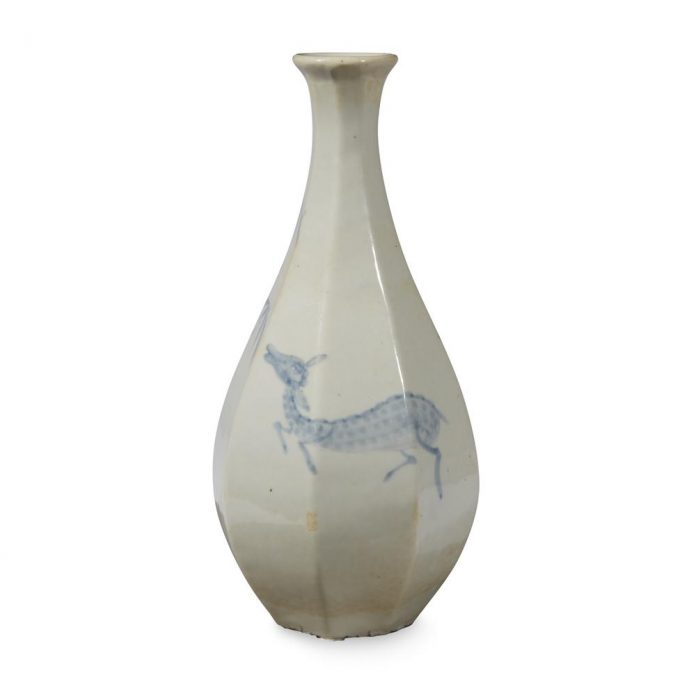PHILADELPHIA, PA.- On Friday, June 19, the auction will propose more than 200 thoroughly picked lots. Crossing ages and nations, the auction is an exciting presentation of furniture, china, nephritis, tissue, sculpture, and fine art from the Far East. It’s containing a collection of antique Chinese bronzes from an own Main Line collection and a variety of marks of Qing family’s Chinese porcelains.
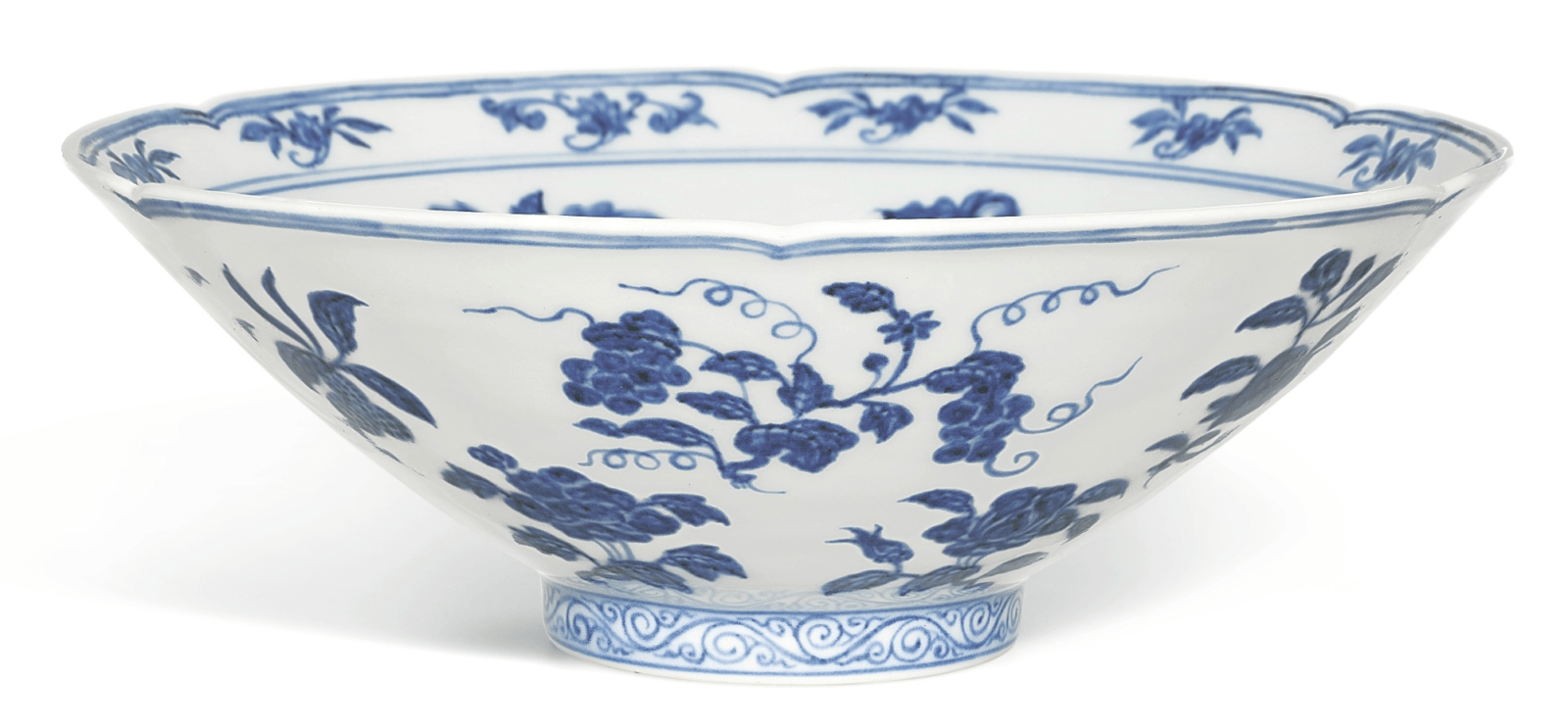
CHINESE IMPERIAL PORCELAINS
The auction introduces a nice variety of fine royal Chinese porcelains from the 18th and 19th centuries. The main is a unique and elegant blue and white-decorated china lobed bowl, Qianlong mark.
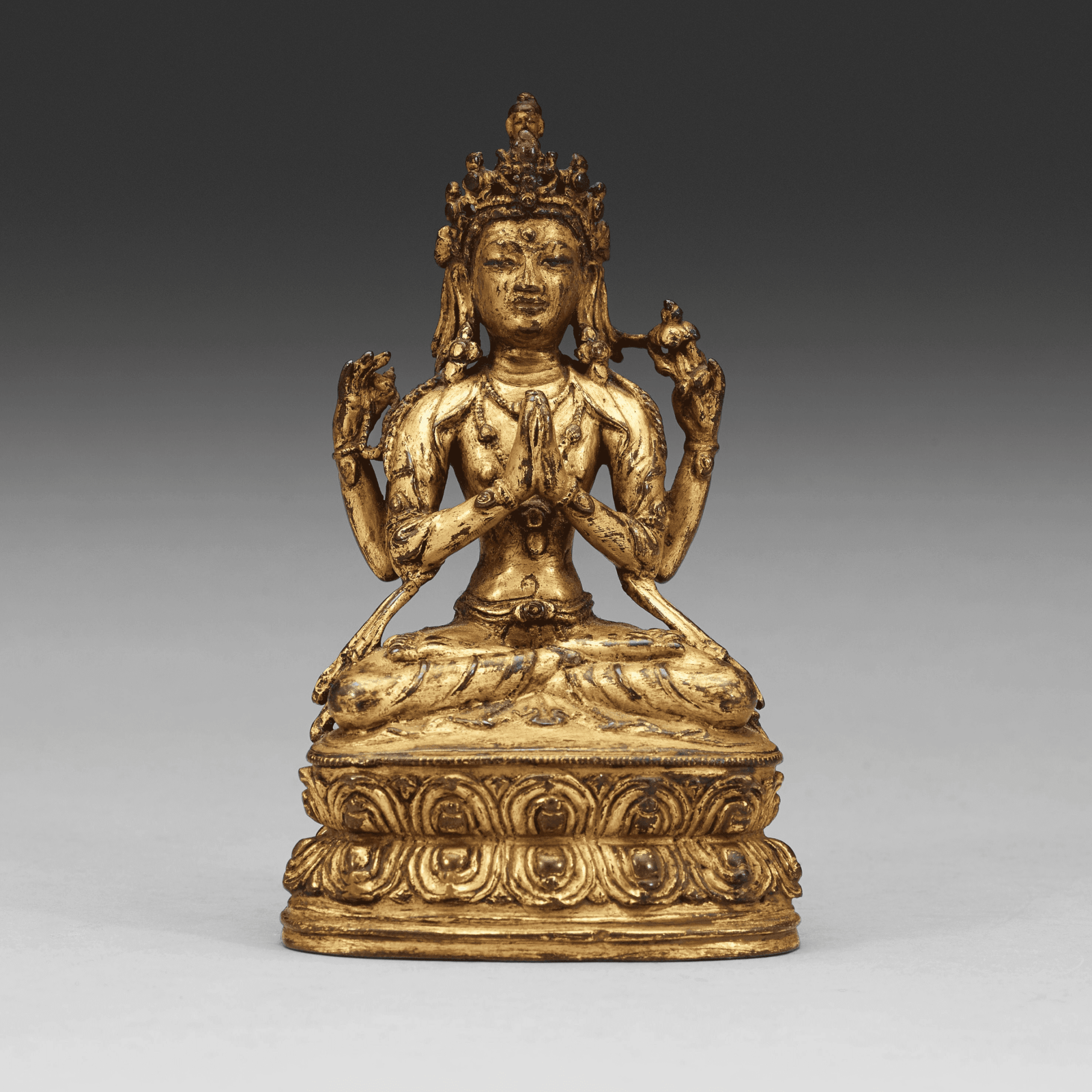
BUDDHAS AND BODHISATTVAS
A powerful part of the auction is included the Buddhist figural art, with the models rarely met on the sale. For the soft elegance of performance, the 15th century Nepalese or Tibetan the figure of Bodhisattva made of gilded copper alloy has no equal among the statues. With accurate details and a gorgeous gilt, it seems perfect. The bodhisattva is a model of excellent skill.
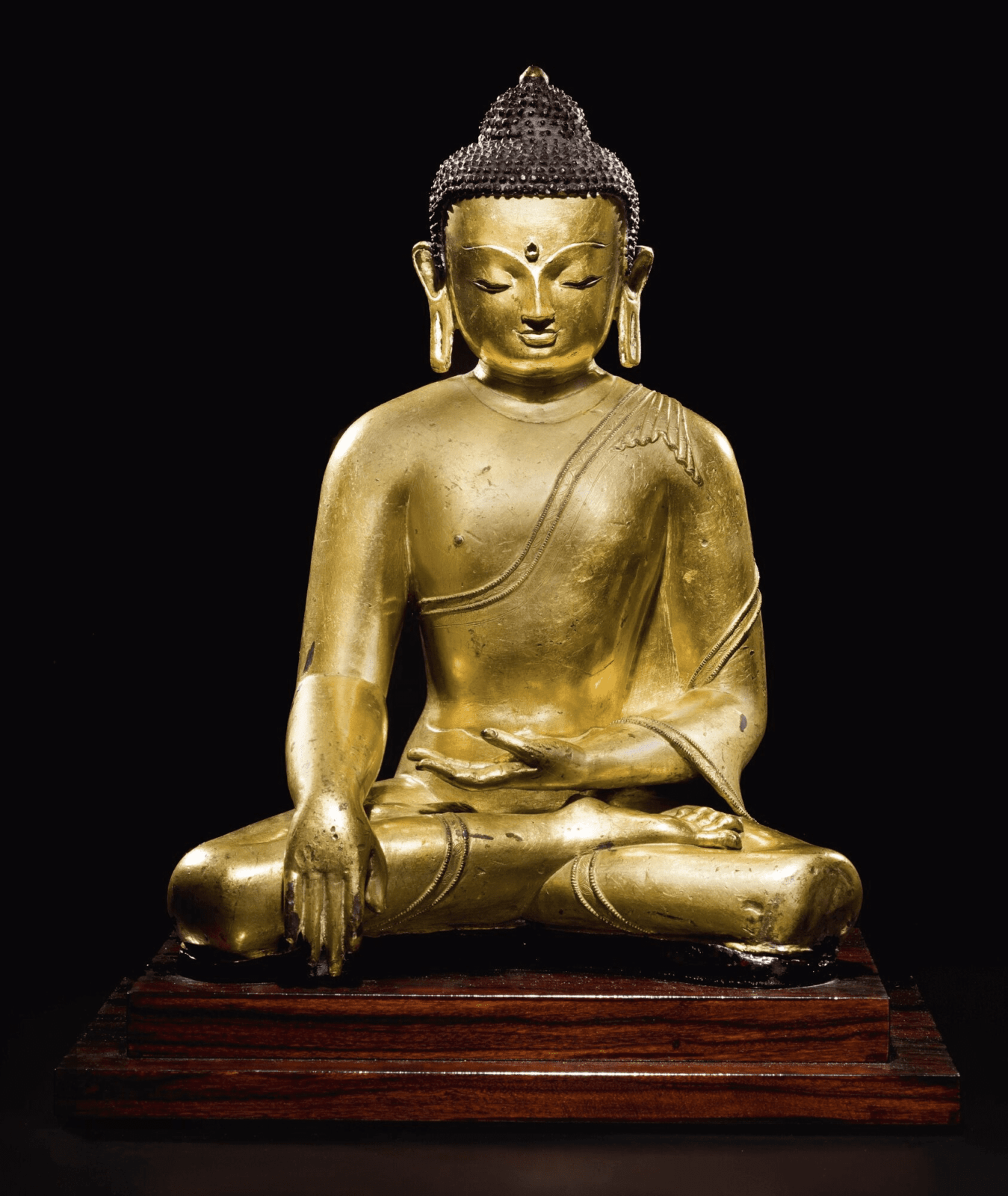
Special attention to a little, gold Southeast Asian figure of a seated Buddha from the 12th-14th century. Got by the husband of the present owner from famous New York trader Doris Wiener, the Buddha is a unique instance in the precious metal, with a happy emotion on it face and great appearance. Also, he bought some of the complementary Chinese, Japanese and Burmese statues of Buddhas and bodhisattvas, have differences in size, and are created of different components including timber, sandstone, copper, and bronze.
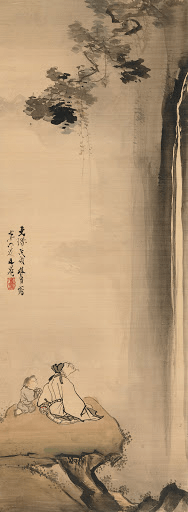
JAPANESE ART AND CALLIGRAPHY FROM THE COLLECTION OF BETTY BORMAN
California specialist Betty Borman gathered an excellent collection of Japanese ink pictures and calligraphy, consisting of art by the most famous painters of their time. Of special representation is the wonderfully “Waterfall” by Tani Buncho (1763-1840) it may be the painter’s greatest art.
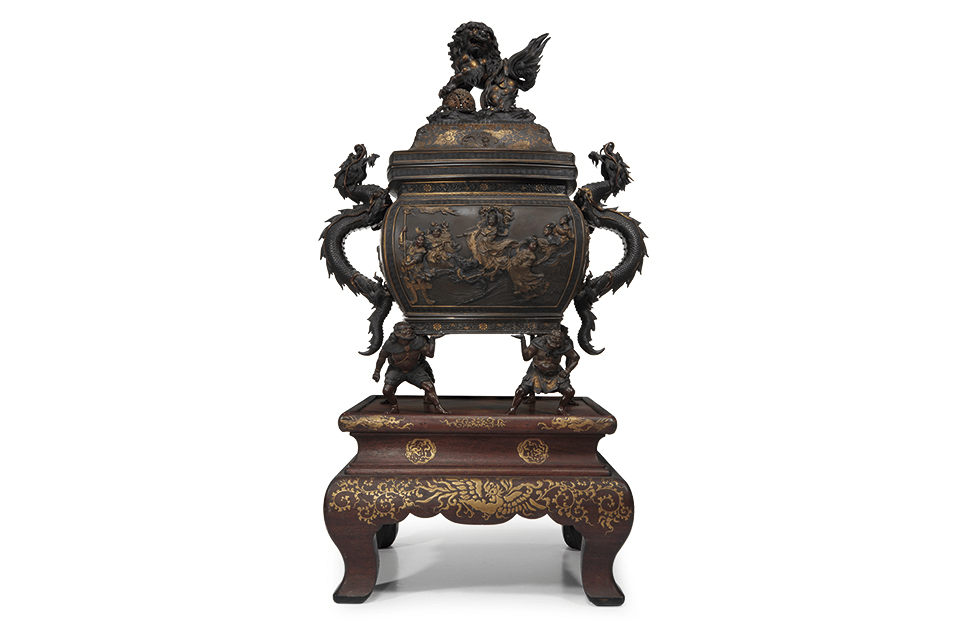
The form is bellied square, the sides made in deep relief with different figural pictures. It flanked by twisted dragon-form works, the domed roof overcome by a shishi decoration with brocade ball. The base hold by four powerful men, three cartouches, one with the word “Miyao”. The cap of dark chestnut-brown, items colored in a reddish-gold. The timber platform on strong cabriole columns, with a phoenix among karakusa spirals in gold lacquer.






